I learned that our current calendar draws a lot of inspiration from the roman calendars. Romulus, the first king of Rome, had an affinity to the number 10 (probably because people have 10 fingers), so he split the year into 10 months and left 61 days nameless. This attempt at combining the lunar system with the solar system was by no means perfect, but it shows just how much people wanted to standardize time. Amongst the timekeeping devices, I learned that candle clocks took advantage of candles that burned at a constant rate. While this method would not have worked to keep constant time, it’s a clever way to know how much time as passed.
Category: 03
shoez-meander
I’m surprised Meander was more than just river generation. Hodgin had to code realistic roads, land plots, and random landmark names. I found the algorithm for roads to be simple, but the result looked amazing. I learned that generating organic rivers requires a set of vectors and a couple restraints and the intensity can be changed by scaling the blend of vectors.
tale-clock
Day time:

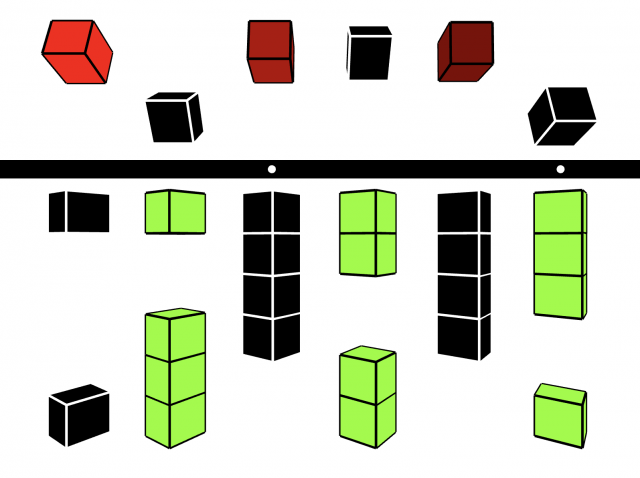
16:42:48
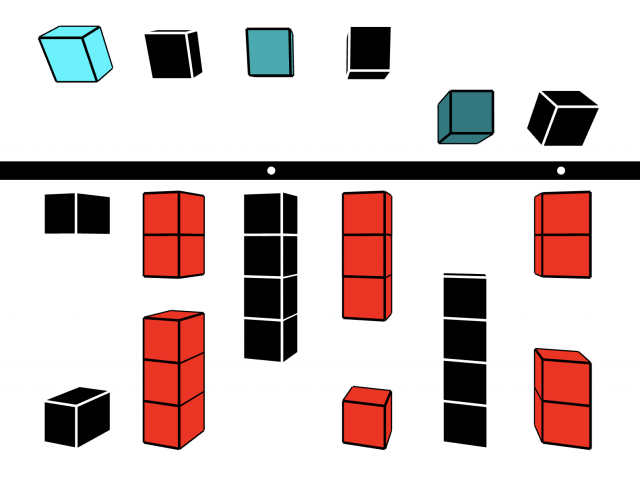
12:43:57
Night time:

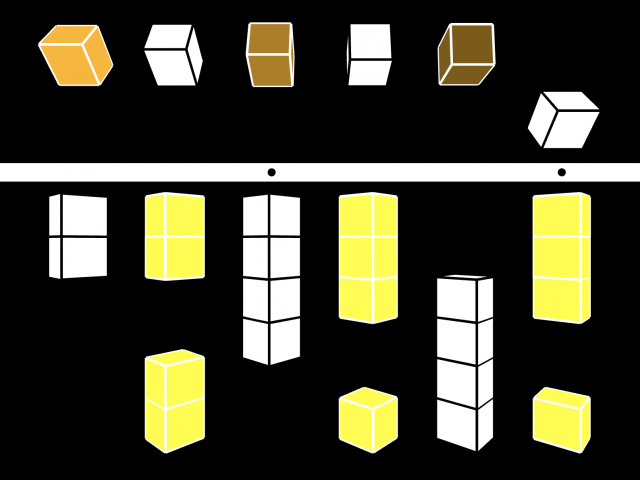
22:43:08
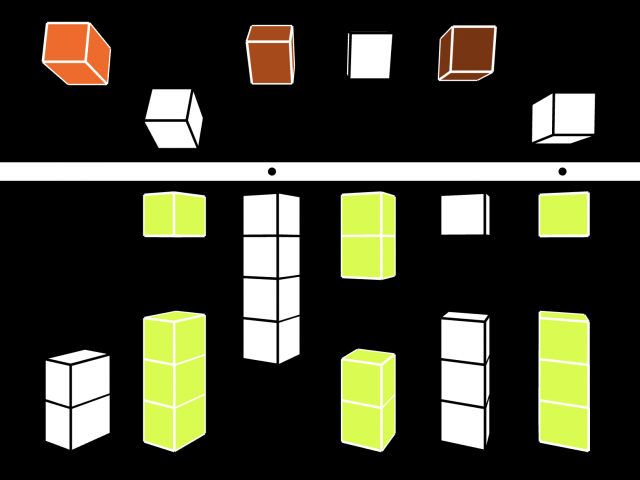
06:42:16
Process:
Coming up with an idea was definitely the hardest part of this project. Because I have never thought of depicting time in other formats other than digital or analog clocks, I spent a large portion of time pondering what would and could be an abstract clock. Pondering for a while made me conclude that any “clocks” could be laid in a line, where one end of the line being well-functioning useful (the clocks we can commonly find), while the other end being very abstruse (too abstract that some people might not consider it a clock). Because I do believe that all clocks do serve the function of representing time (as in how much of a day has past/left), I wanted to create a clock that could be read, yet still is an unconventional way of showing the time.
After going through numerous idea sketches, I settled with an abacus clock. Just like the timekeeping history, abacus has been around since the ancient period as a calculator. I remember learning how to use abacus when I was just beginning to learn simple math like addition and subtraction, and the impression I had of an abacus is that it looks funky yet organized. I had a hard time using abacus, but other people, especially those in the abacus competition, seem to easily take advantage of abacus. In fact, people who have been using abacus to calculate do the majority of the mental arithmetic by using the imaginary abacus inside their mind. I find that quite amusing, because to me, abacus was just an object that had little pebble-like pieces that I could fidget with and perhaps be a tiny little help in doing addition and subtraction.
Sketch:
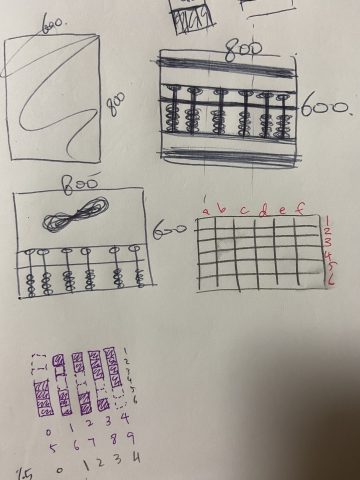
I enjoyed creating this clock because I had an opportunity to create one that’s to my taste and preference. For example, I set the background color to be black if it’s not between 8AM and 5PM because I don’t like looking at a bright screen when it’s dark outside. Another instance would be the rotating color-changing cubes; I love watching things move around, especially in 3D, when I’m spacing out. Since those who would be looking at this clock on the LED screen (if it’s presented) would have already made a decision to spend some portion of their time looking at the clock, I wanted the clock to be more engaging and interesting to them(i.e. have some movements that people can stare at).
How to use:
Each pair of columns from left to right respectively represents hour, minute, and second. Anyone is invited to use this clock as a clock by reading the abacus, or just as a time passing object by looking at the cubes rotate and change colors.
lampsauce-Timekeeping
Something that struck me about the readings was that you can represent terms like after, before, starts, meets, etc. as a relation between times i and j. It’s not that surprising, but the diagram in the Drucker pdf puts it very cleanly. I also thought it was interesting how being able to precisely measure time allowed ancient civilizations to accurately measure the size of the Earth.
miniverse-meander
A lot of this piece was made with math that was over my head. The “Voronoi Fracture” plugin to houdini to generate the background is highly technical and I don’t think I can integrate without more background knowledge.
The tips I’ll keep:
The longer the line for a randomly road, the thicker the line (good tip for the more important main roads)
The usage of vectors to model the uni directional push of the river was an interesting mathematical representation of the natural river deposition. I will try to do apply linear algebra in these flexible ways in the future.
miniverse-timekeeping
In the 6 minute time keeping lecture, I was surprised that Einstein’s theory of relatively was proven experimentally only a decade ago. Books much older speak of it with such conviction, yet it was not observed yet.
The other fact that surprised me was how arbitrary the number of the days in the month was. Some Roman Caesar thought odd numbers were lucky and made each other month 29 or 31 days? The concept of weeks fit oddly in the 30ish day monthly calendar. These constructs that I didn’t pay attention to shape my life yet were chosen (to a degree) arbitrarily.
junebug-timekeeping
Reading and watching these resources really got me thinking. We know time to be a known fact, one that is – quoting Drucker – “uni-directional” and always continuous with no breaks. But to humans, the concept of time doesn’t follow that of science but is purely subjective and relative. And yet, we humans always strive to find the accuracy or the truth behind everything, such as the creation of the atomic clock – which I found really interesting about the science behind it all just to justify the accuracy of time. I wonder how it’d be if we were to relive ancient times when timekeeping wasn’t a known fact or a part of science, and just appreciate mother nature a little bit more with its natural timekeeping resources.
junebug-meander
I loved reading about Hodgin’s process of creating this work. Similar to my Looking Outwards on Manolo Gamboa Naon, I love it when artists attempt to recreate nature and mother earth with computation and technology. Breaking down how mother nature works by formulas, points, and vectors and the contrast of philosophy and process really fires me up in a good way. I learned a lot of things from his process because I feel like I lost a lot of my coding skills after taking a year break from coding, but watching his beautiful work come to life motivates me – such as his process of thinking through how to create oxbow lakes by isolating two collision points and turning it into its own curve segment or using Voronoi fracture to turn the background plane into smaller polygons. His background map was similar to what I wanted to create in my grid-plan city map but I couldn’t think through how I could code that out.
tale-timekeeping
One thing that struck me is that the temporal relations(i.e. time relations/time period) can be represented and analyzed by graphs by using interval logic and each relation has its inverse, which also can be represented by the same graph. However, analyzing temporal relations has to be made under the assumption that there exists only one straight linear timeline, without any parallel or branching out timelines (at least in the version James Allen and George Ferguson conducted).
lampsauce-Meander
I learned several things from reading Robert Hodgin’s documentation of Meander. Firstly, the documentation of the mechanism for the river’s movement and the road generation was really insightful; I had never considered that to create novel motion, each point can be assigned a direction vector (I think learning to think in terms of vectors and vector fields may prove fruitful for my future work). Also, Hodgin’s solution for generating unique placenames by referencing actual geographical data is brilliant.